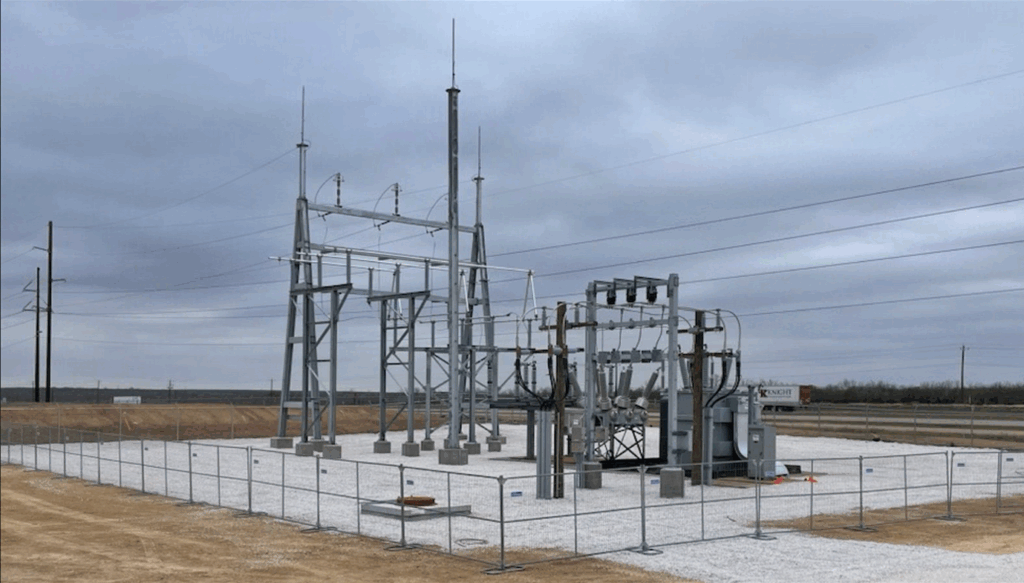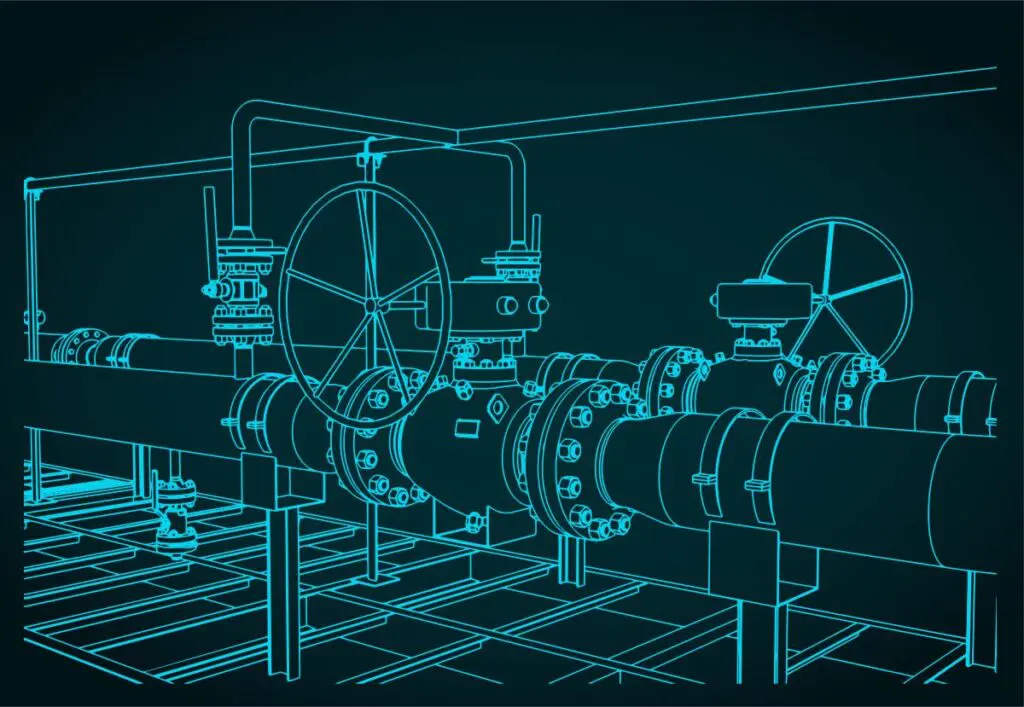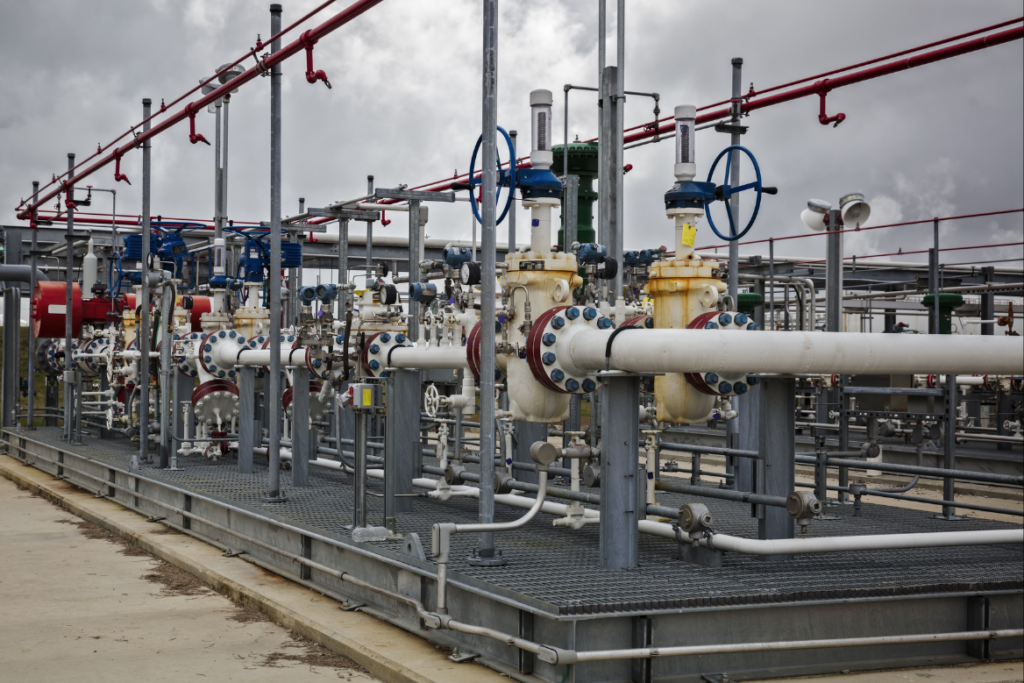

Want to share this article?
Integrity Management Paves the Way for Effective Pipeline Design
This is the third blog in our series on Pipeline Integrity Management. To read the second post, click here.
As seen with the recent shale boom, the U.S. pipeline industry has expanded tremendously within the last decade.
The number of new pipeline construction projects increased in the effort to meet the growing market demand for liquefied natural gas (LNG) and other products, which is economically great for businesses. The problem, however, is that many pipeline integrity issues begin at the construction stage. Without a thorough integrity management plan (IMP) in place, most operators will encounter in-service defects and damage – or worse, failure – at some point during the pipeline’s lifecycle.
For new pipelines systems, proper assessment is key during the design and construction phases to prevent failure and maintain safe, efficient operation. The design phase includes establishing critical pipeline performance objectives and engineering design parameters, such as:
- Required throughput
- Origin and destination points
- Product properties (i.e., viscosity and specific gravity)
- Product quality specifications
- Topography of pipeline route
- Maximum allowable operating pressure (MAOP)
For new pipelines systems, proper assessment is key during the design and construction phases to prevent failure and maintain safe, efficient operation. Other considerations include hydraulic calculations to determine pipeline diameter, wall thickness and required yield strengths; the number of, and distance between, pump stations; and the required pump station horsepower.
Special considerations must also be given to pipeline-specific geohazards and locations. For example, pipeline systems in the Arctic have many unique environmental conditions compared to other regions of the world, such as ice scour, permafrost thaw and/or frost heave, leak detection and containment, and installation techniques. These conditions obviously contrast from a pipeline being built in the Gulf of Mexico, where it faces a different set of geographical and operating challenges.
INTEGRITY ASSESSMENT
An integrity assessment involves inspection and maintenance consideration, repair, requalification to help mitigate degradation and optimize the design life of a pipeline system. During construction, pipelines are easily inspected using visual, X-ray, magnetic particle, ultrasonic testing (UT), and other inspection methods to evaluate the quality of its welds. To ensure the safety of these new pipelines, the Pipeline and Hazardous Materials Safety Agency (PHMSA) has required most operators to increase inspection and found that many pipelines have a form of degradation that could affect pipeline integrity and service-life if left unresolved.
Traditional pipeline design and integrity assessments use nominal values for load and resistance in relation to allowable stresses. These integrity assessment methods include pressure test, in-line inspection (ILI), direct assessment, hydrostatic testing, and other techniques to detect damage, such as corrosion. Typically, ILI identifies the most problem areas and risk threats along the pipeline route. Direct assessment has its limitations as the sole integrity assessment method. As such, the National Association of Corrosion Engineers (NACE) developed standard practices for performing pipeline direct assessments.
From a pipeline engineering perspective, this traditional approach has resulted in excellent designs. For example, when addressing internal corrosion, CO2 corrosion is considered, and alternative materials or corrosion inhibition are selected based on the accurate models. Suitable coatings and cathodic protection systems are designed to prevent external corrosion. Engaging in integrity activities, such as assessment and ROW, can optimize performance and extend the value (i.e., profitability) of pipelines within regulatory compliance.
RIGHT OF WAY
Efficient route planning using right-of-way (ROW) techniques, like surveying, results in safer construction and reduced construction times and costs. A pipeline ROW is a section of land over and around natural gas pipelines, where pipeline operator is granted some of the legal rights extended to the property owner. Once a company receives the appropriate ROW permits, the pipeline company can then install, operate, test, inspect, repair, maintain, replace, and protect one or more pipelines within the designated easement.
During ROW, companies must consider the space needed for the safest construction possible, personnel safety, staging of pipe and pipeline appurtenances, and efficient movement of materials and equipment. The design of new construction and permanent ROW must maintain safety during the initial pipeline construction, while in-service, and during integrity management-related activities. These integrity activities involve assessment, maintenance and rehabilitation of the pipeline system.
Realistically, even the best designed and maintained pipeline is susceptible to defects and damages at some point during its lifecycle, particularly if it is in an adverse operating environment. However, engaging in integrity activities, such as assessment and ROW, can optimize performance and extend the value (i.e., profitability) of pipelines within regulatory compliance. Next week, check out our upcoming “Pipeline Integrity” blog post, “Brownfield Engineering: The Life Line for Ailing, Aging Pipelines,” where we examine how brownfield engineering is being used to manage and revitalize aging pipeline systems.











